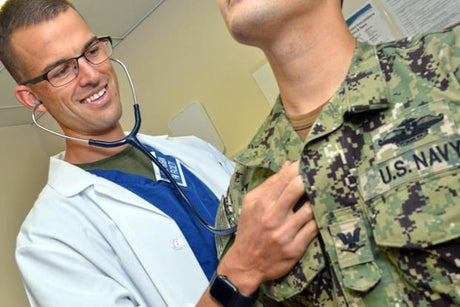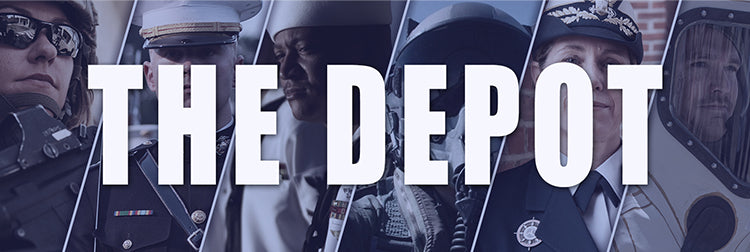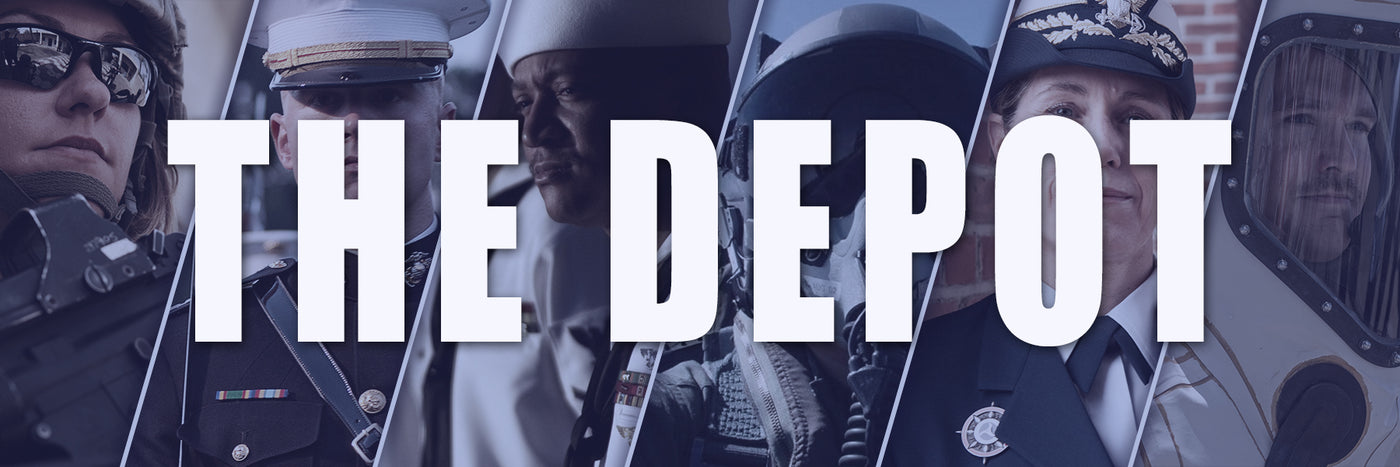
Military Doctor Benefits: Are They Worth It?
All branches of the military, with the exception of the U.S. Marine Corps and U.S. Space Force, have military doctor billets. Being a military doctor can be rewarding because a...
Blog Staff |
ARMED FORCES SUPER STORE 1-877-653-9577 | 8 - 7 CST MON-FRI



All branches of the military, with the exception of the U.S. Marine Corps and U.S. Space Force, have military doctor billets. Being a military doctor can be rewarding because a...
Blog Staff |